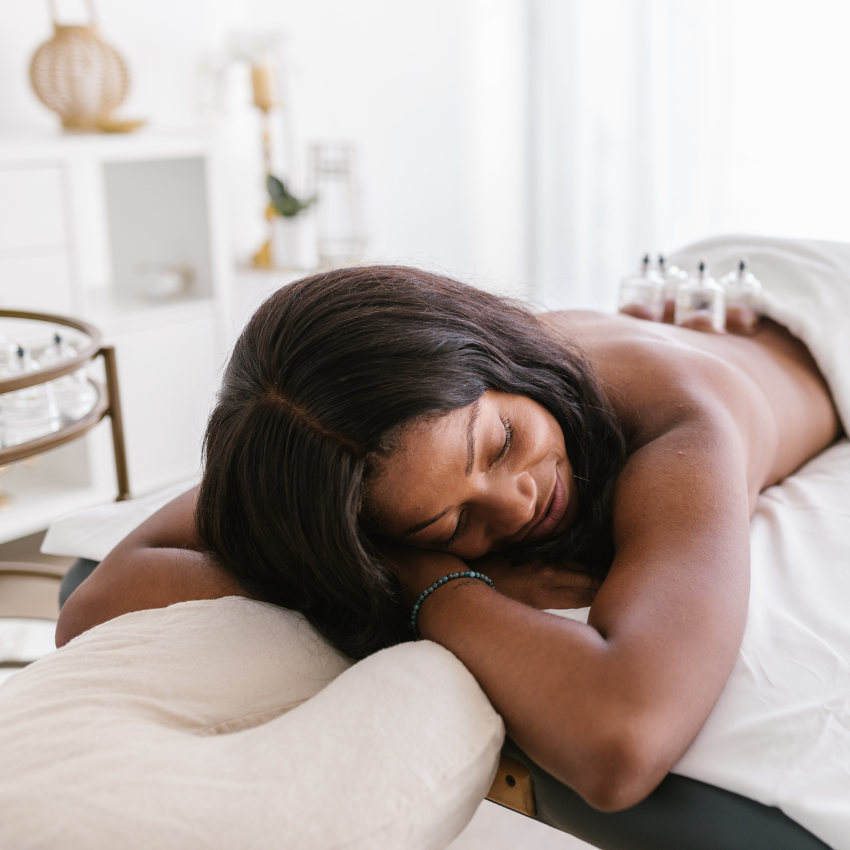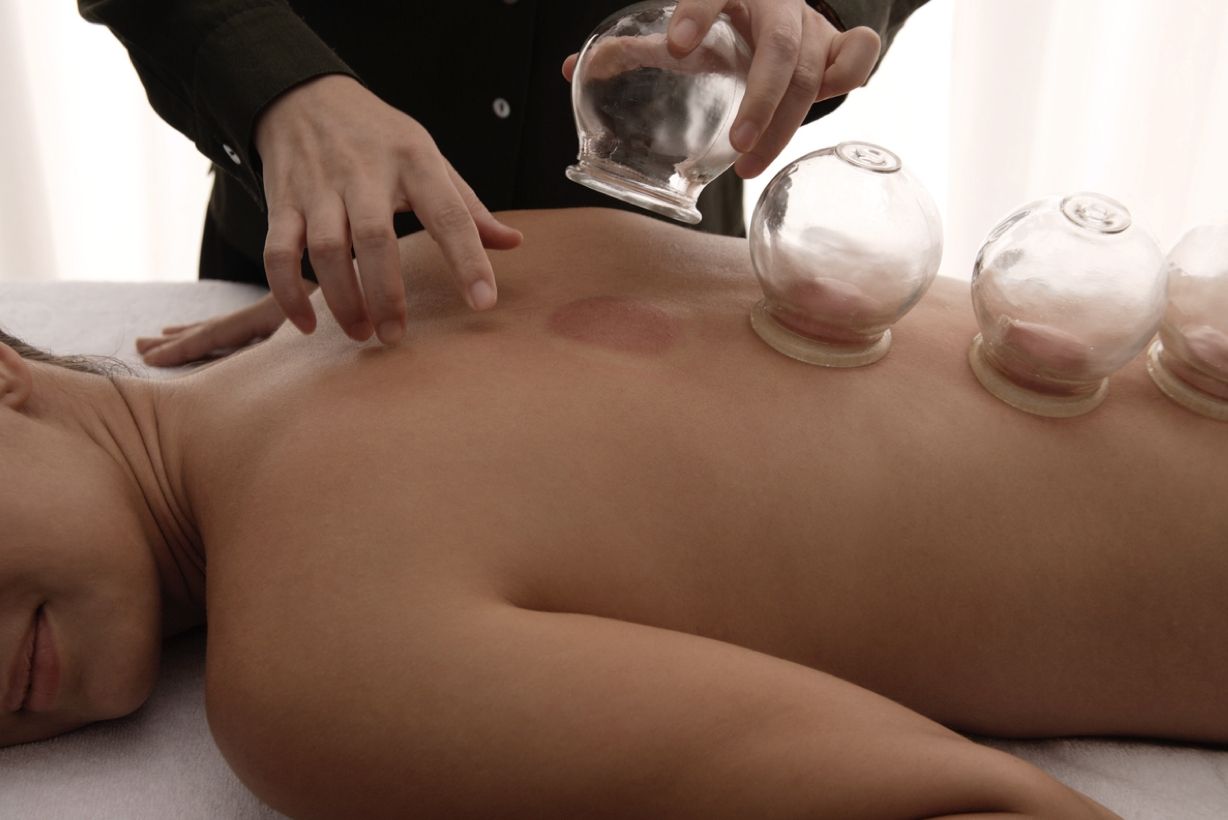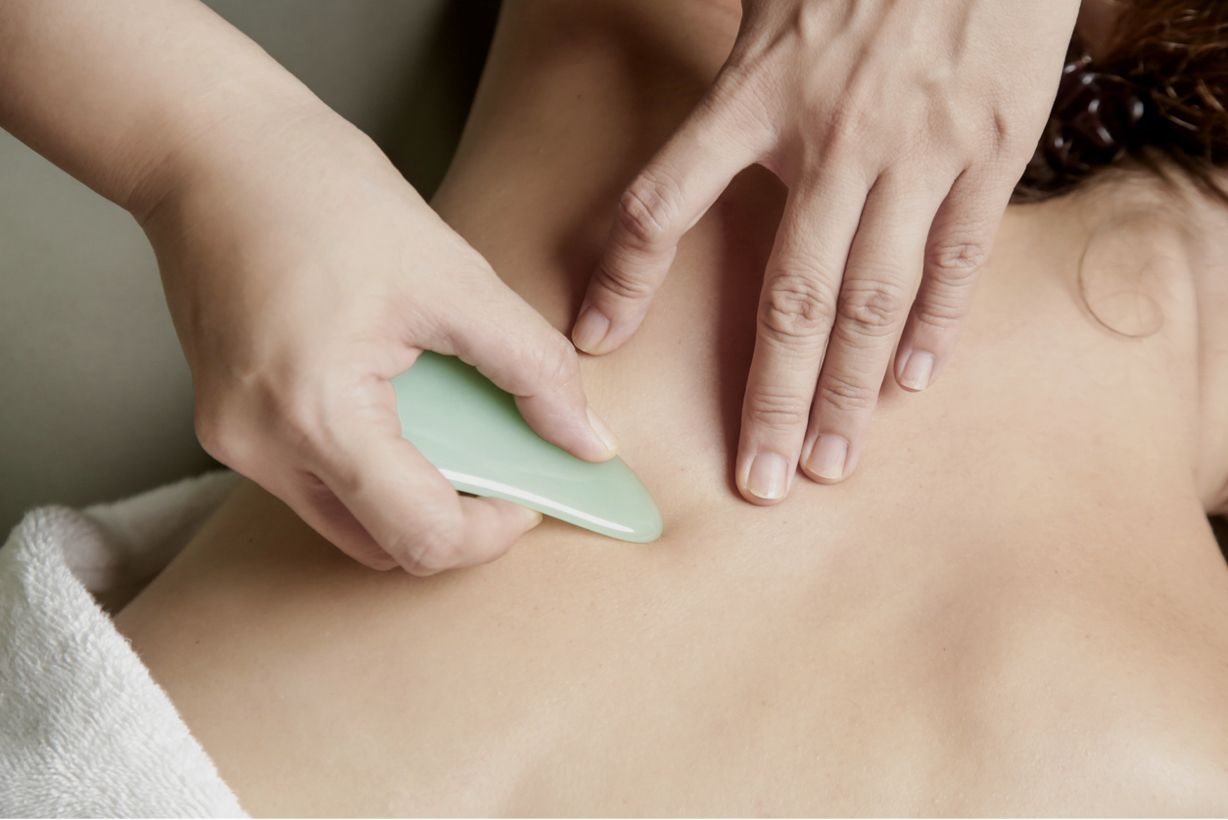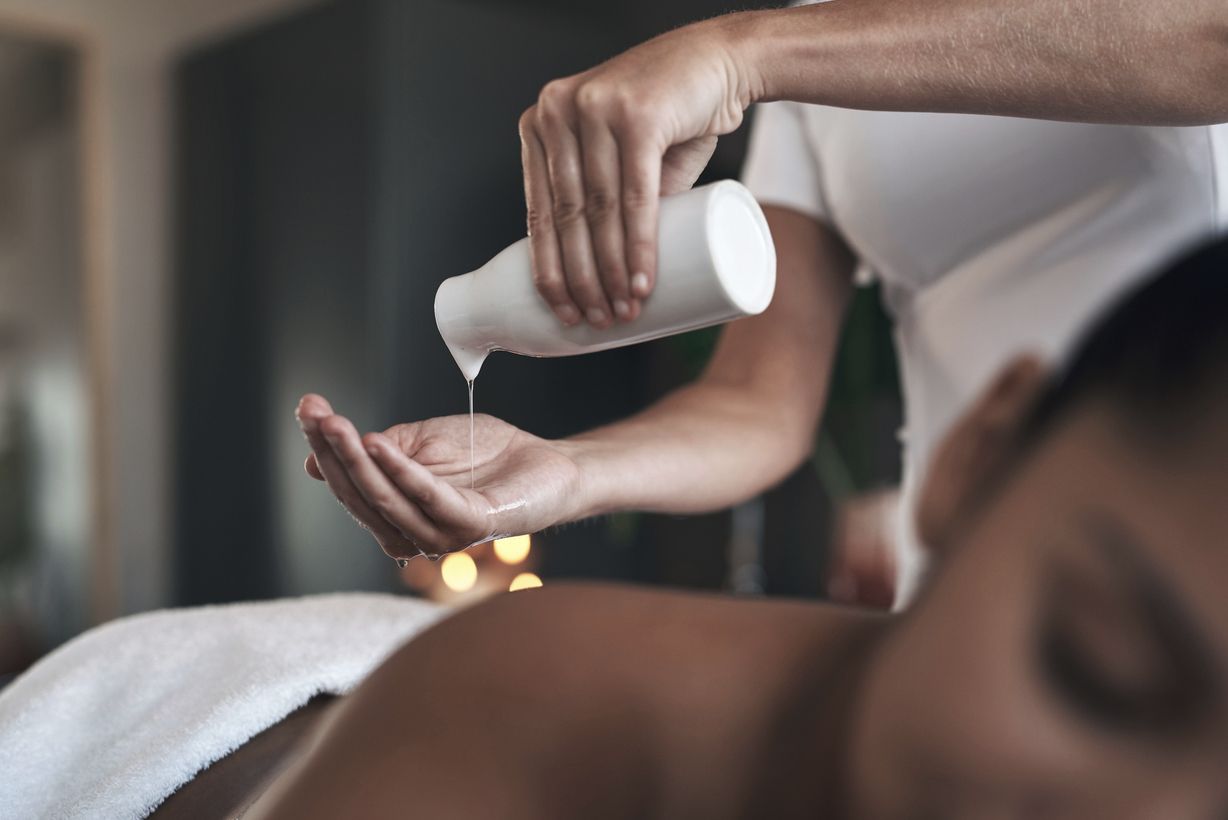Remedy Wellness Centre
Acupuncture and TCM in Victoria
Acupuncture and TCM in Victoria
personalized acupuncture Treatments
At Remedy Wellness Centre in Victoria, our acupuncturists provide treatments that are personalized to meet your unique needs. We use a combination of Traditional Chinese Medicine (TCM) Techniques. Along with needling or acupressure, your treatment may include other TCM modalities like cupping, tui na massage, or gua sha. If you’re interested in the benefits of acupuncture, but prefer not to use needles, we also offer acupressure, because we know not everyone like needles.
Our Victoria acupuncturists can provide personalized diet and lifestyle recommendations, as well as suggest specific supplements to help you reach your goals. To make it even easier, we offer an online supplement dispensary, where you can order and have them delivered right to you.

Treatments
acupuncture treatments
An acupuncture treatment may include a combination of the the types of Traditional Chinese Medicine Treatments below. Each treatment is customized to your specific needs and is developed based on years of experience and training.

acupuncture needling
Needling is the primary approach to Traditional Chinese Medicine treatments. Our acupuncturists are known for their gentle needling techniques, to ensure you feel pleasant therapeutic sensations upon needle insertion. Acupuncture needles are very thin and fine, not at all like a needle used for drawing fluids, which has a hole in the middle. Acupuncture points are chosen based on your treatment goals and health history.
Acupuncture Needling is available with:
Caroline O’Hara, Registered Acupuncturist
Imani Bossi, Registered Acupuncturist

Cupping Therapy
An ancient TCM technique, cupping has been used for centuries to treat pain, muscle soreness and other ailments. Our acupuncturists offer cupping therapy as part of our comprehensive range of services.
Cupping is available with:
Caroline O’Hara, Registered Acupuncturist

Gua Sha
A technique involving scraping the skin with a smooth-edged tool to stimulate circulation and promote healing. Gua Sha can help relieve muscle and joint pain, respiratory issues, digestive problems as well as stress or anxiety. We provide gua sha services tailored to each individual’s needs, as one of the many benefits of acupuncture.
Gua Sha is available with:
Caroline O’Hara, Registered Acupuncturist

Tui Na Massage
This Chinese style massage is a type of bodywork. It uses finger, hand, and elbow techniques to apply pressure to specific points on the body in order to stimulate energy flow (qi) and promote relaxation. We offer it as part of our acupuncture treatment approach for various conditions like musculoskeletal pain, digestive issues or stress-related disorders.
Tui Na is available with:
Remedy Wellness Centre
Acupuncture BENEFITS
Acne & Skin Health
Allergies & Sinus Congestion
Cardiovascular Health
Digestive Health
Hormone Balancing
Fertility & Symptoms During Pregnancy
Inflammation
Migraines and Headaches,
Muscle Pain and Back Pain,
Stress and Anxiety,
Learn More
Acupuncture FAQ’s
What Is Acupuncture?
Acupuncture is part of the Traditional Chinese Medicine umbrella of techniques. The ancient theory that the flow of energy, called Qi, moves throughout the body and helps regulate bodily functions. An acupuncturist focuses on restoring balance to this flow, by stimulating certain points with needles in order to encourage natural healing and relief from pain and other symptoms.
Western medicine supports this practice as acupuncture affects neurotransmitters, reduces inflammation and balances hormones. This non-invasive treatment has been clinically proven to help with digestion problems, hormonal imbalance, infertility issues, headaches, muscle pain, inflammation, joint pain and more.If you search online, you will find many studies supporting this.
Pain BC has an excellent webinar about acupuncture: https://painbc.ca/health-professionals/webinars/acupuncture-and-chronic-pain
What Are Healing Reactions?
A skilled acupuncturist can sometimes trigger healing reactions. This is when the person’s symptoms temporarily get worse during or immediately after treatment. While it can be disconcerting, this type of response signals long term stagnation that is beginning to break up. This generally indicates a positive result.
How Quickly Should I See A Change In My Symptoms?
Acupuncture is a popular choice for many in Victoria when it comes to healthcare. Usually, however, people do not notice drastic difference after just one session, particularly if a chronic issue is being treated. It could take several treatments before a significant improvement is notices, especially if multiple issues are being addressed. You acupuncturist discuss what to expect and how often you should plan to attend appointments to achieve a lasting outcome.
How Long Should My Treatment Results Last?
If the results of your acupuncture treatment don’t last long, it is possible that your condition has not been fully addressed. In this case, you should discuss with your acupuncturist about further treatments to help strengthen the effects of the acupuncture. Additionally, you may want to consider lifestyle and dietary changes to support the overall health of your body and further support the effectiveness of acupuncture.
What If I Experience A Significant Change After Treatment?
If you experience a significant change after acupuncture treatment, it is important to speak to your acupuncturist about it. It may be that the change you are experiencing is normal and expected, or it may be that your body is reacting differently than anticipated. Your acupuncturist will be able to assess the situation and advise you on how best to proceed with further treatments. It is also important that you continue with any recommended lifestyle changes or dietary adjustments as advised by your acupuncturist.
What Is An Acupuncture Treatment Plan?
Treatment plans are individualized and depend on the specific needs of the patient. Typically, an acupuncturist will conduct an initial assessment to determine the patient’s health condition and create a personalized treatment plan. The number of treatments required will vary depending on the severity and duration of the patient’s condition. Acupuncture can be used to treat a wide range of conditions, including pain, stress, anxiety, and digestive disorders. It is important to consult with a qualified acupuncturist to determine if acupuncture is a suitable treatment option for your specific needs.
Its My First Time. What Should I Expect?
Follow up treatments are typically shorter in length and will follow a treatment plan determined by your needs and therapeutic goals. Since the effects of acupuncture are typically cumulative, you should plan to come back once a week for at least 3 consecutive visits. Your acupuncturist may also recommend some lifestyle changes, herbs or homecare practices.
book online
Book an appointment online or by giving us a call!
